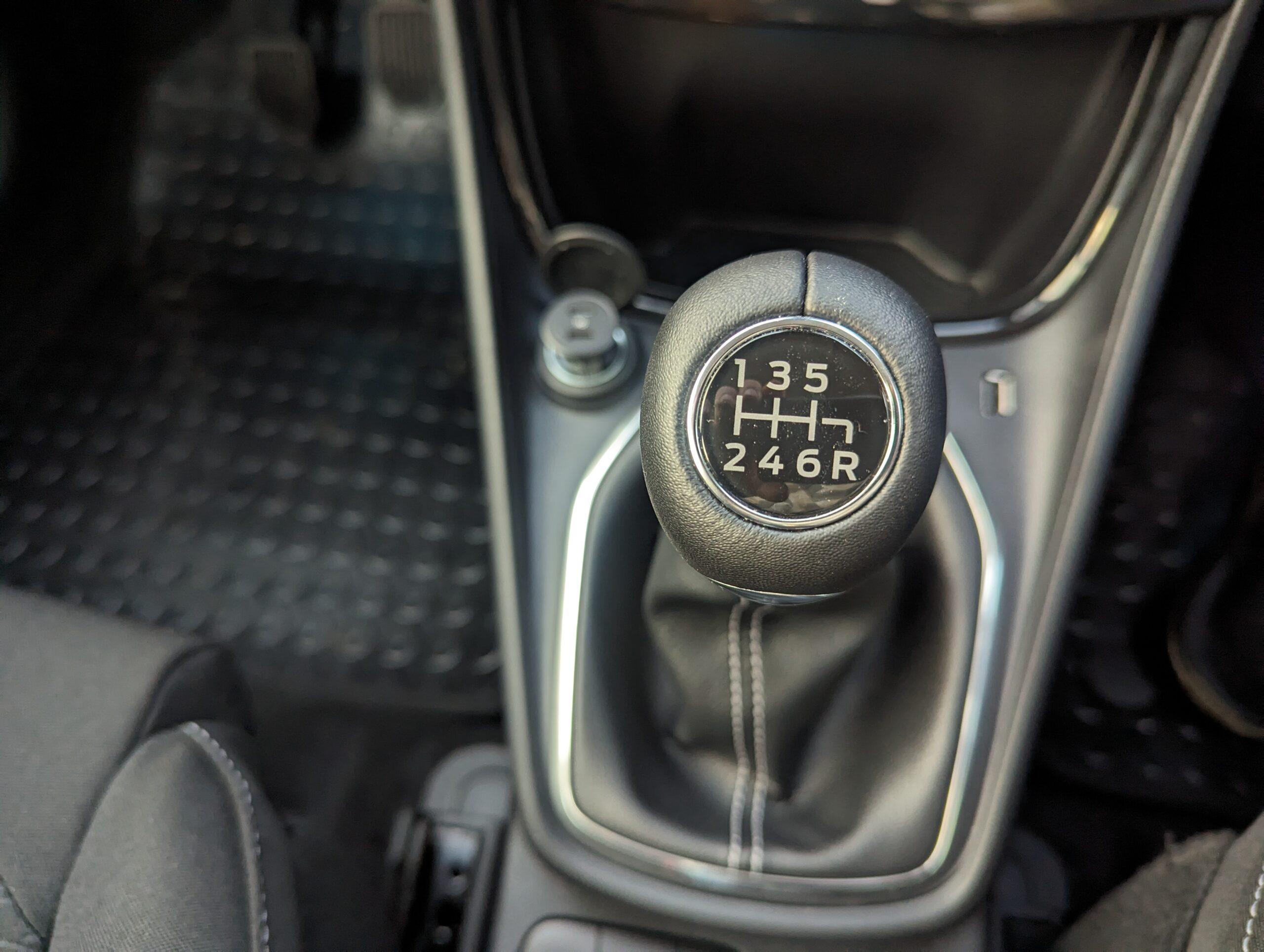Acceleration sense refers to the ability of a driver to smoothly and efficiently control the acceleration of a vehicle. This involves being able to judge how much and how quickly to press the accelerator pedal to achieve the desired speed without causing excessive fuel consumption, unnecessary wear on the vehicle, or discomfort for passengers. Developing a good acceleration sense is a key component of eco-driving and contributes to overall driving efficiency and safety.
Here are some aspects of acceleration sense:
- Smoothness: Applying the accelerator pedal gradually rather than abruptly helps to maintain a smooth ride and avoid wasting fuel. Smooth acceleration reduces the stress on the engine and drivetrain.
- Anticipation: A driver with good acceleration sense anticipates the road ahead, such as upcoming stops, starts, and changes in traffic flow, allowing them to adjust their speed in advance rather than reacting suddenly.
- Speed Control: Maintaining a steady and appropriate speed for the driving conditions, rather than frequently accelerating and decelerating, improves fuel efficiency and reduces emissions.
- Throttle Control: Understanding how much pressure to apply to the accelerator pedal to achieve the desired rate of acceleration without over-revving the engine. This involves finding the right balance between power and efficiency.
- Load Awareness: Recognizing that the vehicle’s load, whether it’s additional passengers or cargo, affects how it should be accelerated. More load requires more gradual acceleration to maintain efficiency.
- Environmental Adaptation: Adjusting acceleration based on environmental factors such as road gradient (uphill or downhill), weather conditions (wet or icy roads), and traffic density.
Developing good acceleration sense takes practice and mindfulness. It contributes to a smoother driving experience, better fuel economy, and reduced environmental impact.

